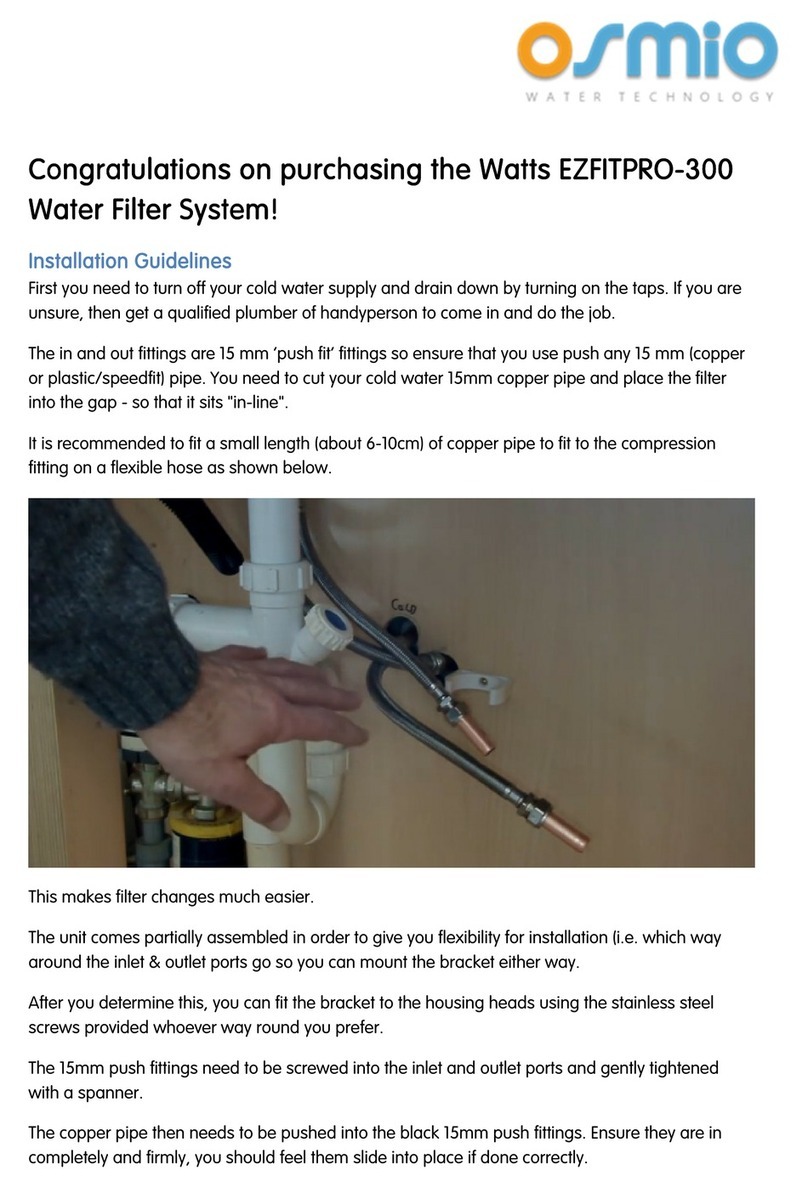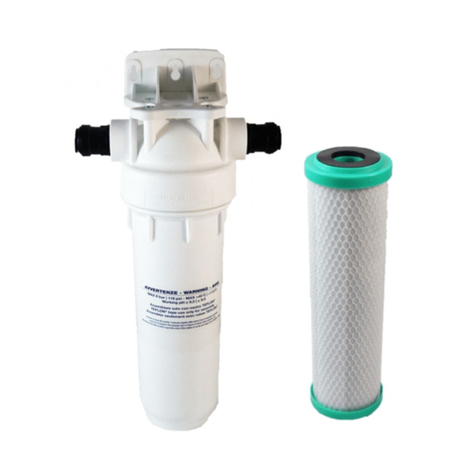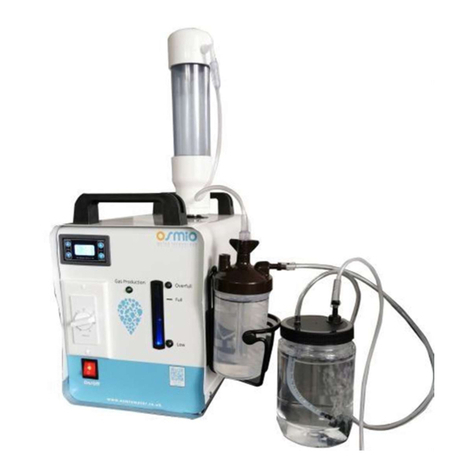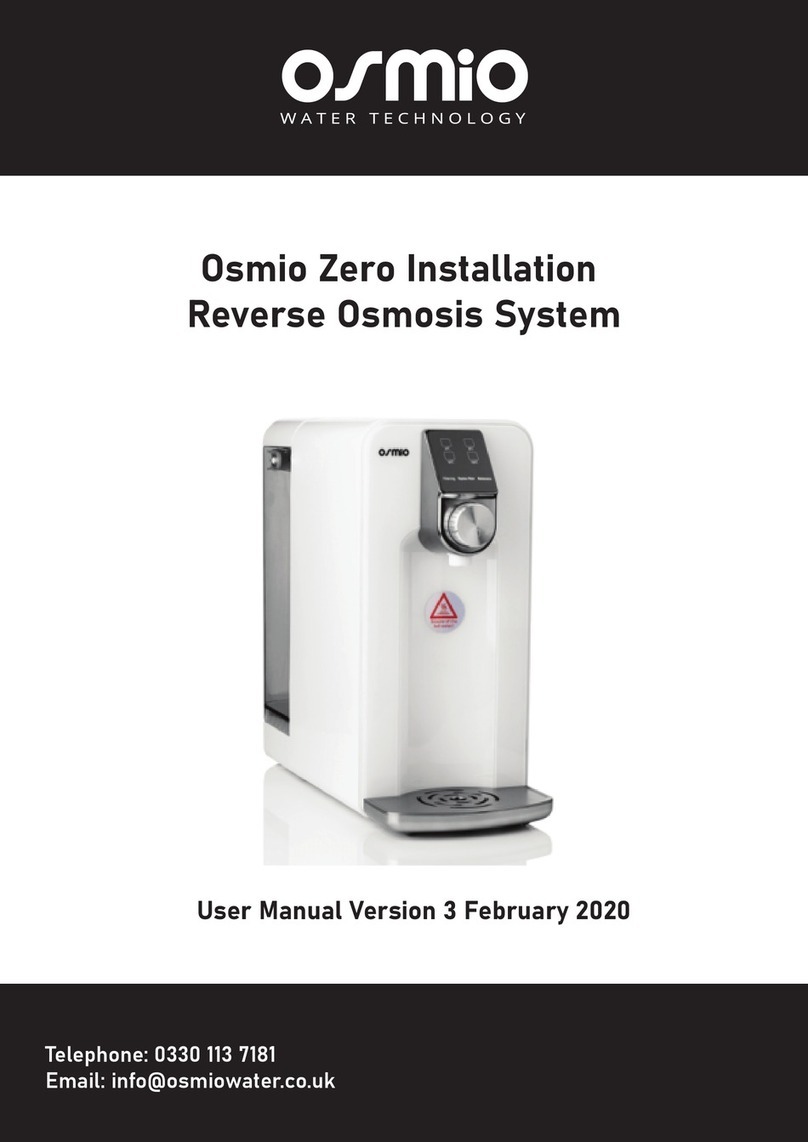
1.3 Usage Precautions
• On first use or if the unit has been idle for more than 2 days, run a
complete cycle and discard the first batch of water produced. Install the system
and then allow the machine to run until it fills the internal
tanks. Dispense both ambient and hot water to ensure both hot and cold
internal tanks are flushed.
• Unknown liquids or foreign objects are prohibited.
• If there is any water leakage from the machine, please disconnect the power
and contact the customer service centre. Please ensure tubing at the rear of the
• If there is any abnormal sound, smell, or smoke, etc., please disconnect the
power and contact the customer service centre.
• Do not disassemble or modify the system without professional guidance, please
contact the customer service centre if you need support.
• Do not move this product when it is in use.
• Do not use any detergent or alcohol based cleaner to clean the product, please
wipe the machine with a soft dry cloth.
• Do not grasp the water nozzle or the knob to move the machine.
• This product cannot be used by people who are physically or mentally disabled or
children unless supervised. Please keep it out of reach of children.
The filters on the system need to be changed every 6 months. We offer a 1 year
warranty. If you have water hardness over 250 ppm Calcium Carbonate Hardness
you may need to replace the carbon and membrane more frequently. The system
is designed to shut off if there is blockage in the membrane or prefilters. As the
system recirculates the rejected water from the membrane, the TDS level continu-
ally rises of the water entering the membrane filter. Therefore, for those with water
of higher TDS, more frequent membrane changes are required.
system and the filters have been inserted correctly and fully into the
system.



































